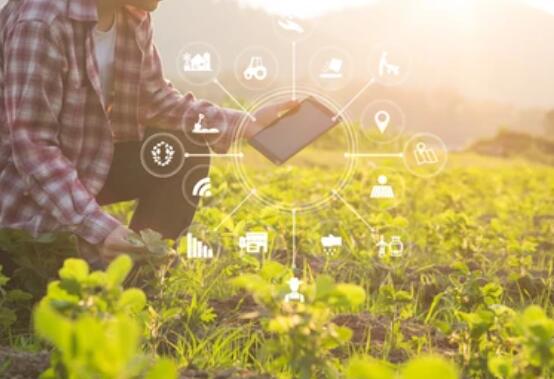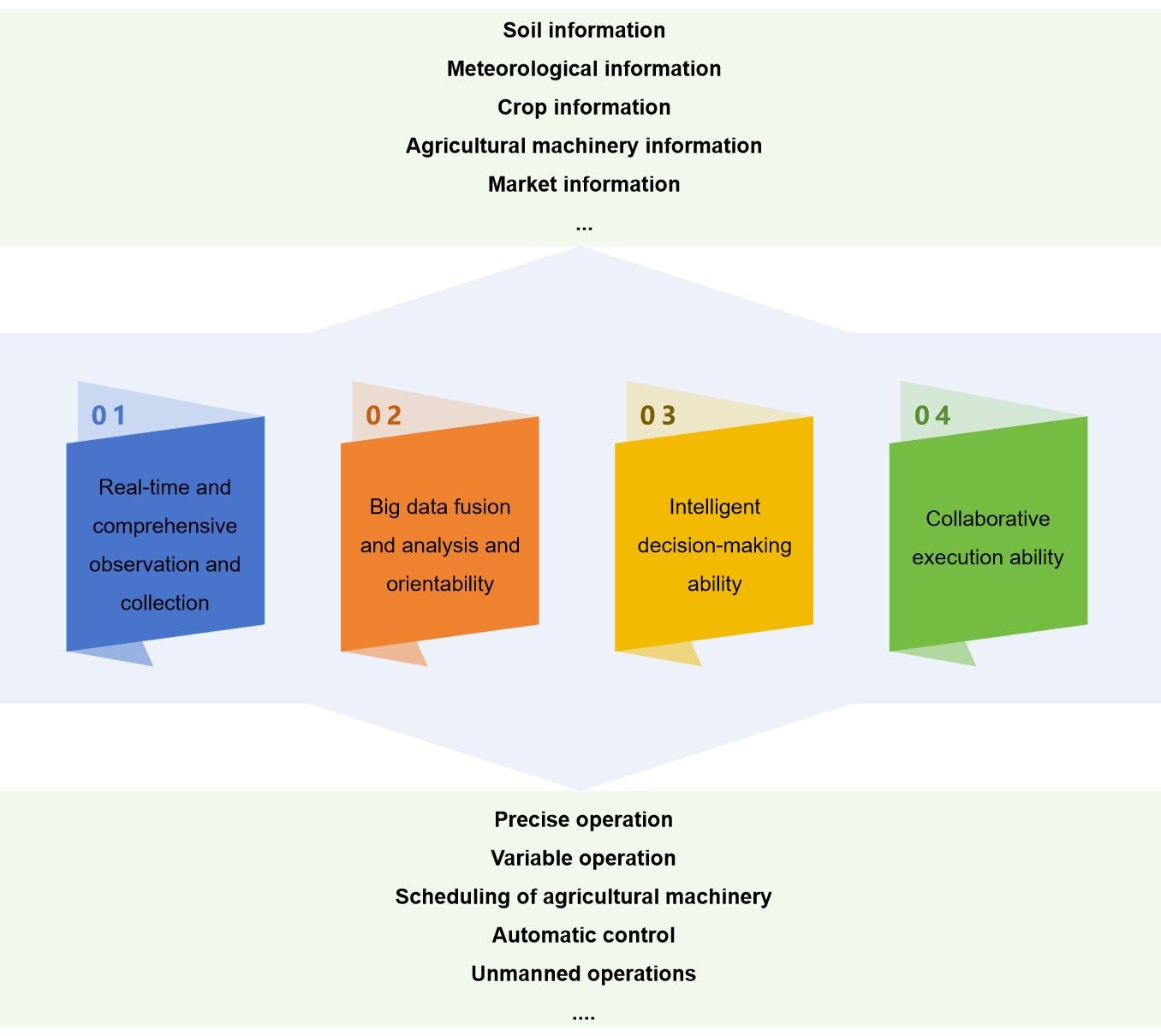Agricultural management information systems (MIS) play a role in managing materials for agricultural production, among other things. The OODA (observation-orient-decision-execution) cycle model is consistent with the dynamic interaction of information between actuators and sensors in concert with the environment in which they are located in application scenarios where most systems operate dynamically.

The Lifeasible application system "observes" the target object through sensors and collects relevant information. According to the application requirements, it "orients" the goals and principles of the subsequent decision processing and, at the same time, prepares the data set required for decision-making, preprocesses the collected data, and carries out preliminary analyses. The data is comprehensively analyzed, a "decision" is made according to the goals and principles of the application decision processing, and an optimal control strategy is proposed. The actuator (also known as a reactor) interacts with the physical system or environment, receives signals, converts them into physical behavior, and ultimately changes the state of the system by "executing" the optimal control strategy and changing the state of the target object. After the system state is changed, the system observes the relevant parameters in the new state through sensors using a feedback mechanism and repeats the dynamic cycle of OODA.
 Figure 1. Logical framework of agricultural information collector.
Figure 1. Logical framework of agricultural information collector.
Lifeasible takes information as a factor of agricultural production and uses modern information technology to visually express, digitally design, and informatively manage the whole process of agricultural objects, environment, and farming. Please feel free to contact us to submit your requirements.
Lifeasible has established a one-stop service platform for plants. In addition to obtaining customized solutions for plant genetic engineering, customers can also conduct follow-up analysis and research on plants through our analysis platform. The analytical services we provide include but are not limited to the following:
STU-CRISPR System Improves Plant Genome Editing Efficiency
April 19, 2024
Application of Exosomes in Facial Beauty
April 12, 2024